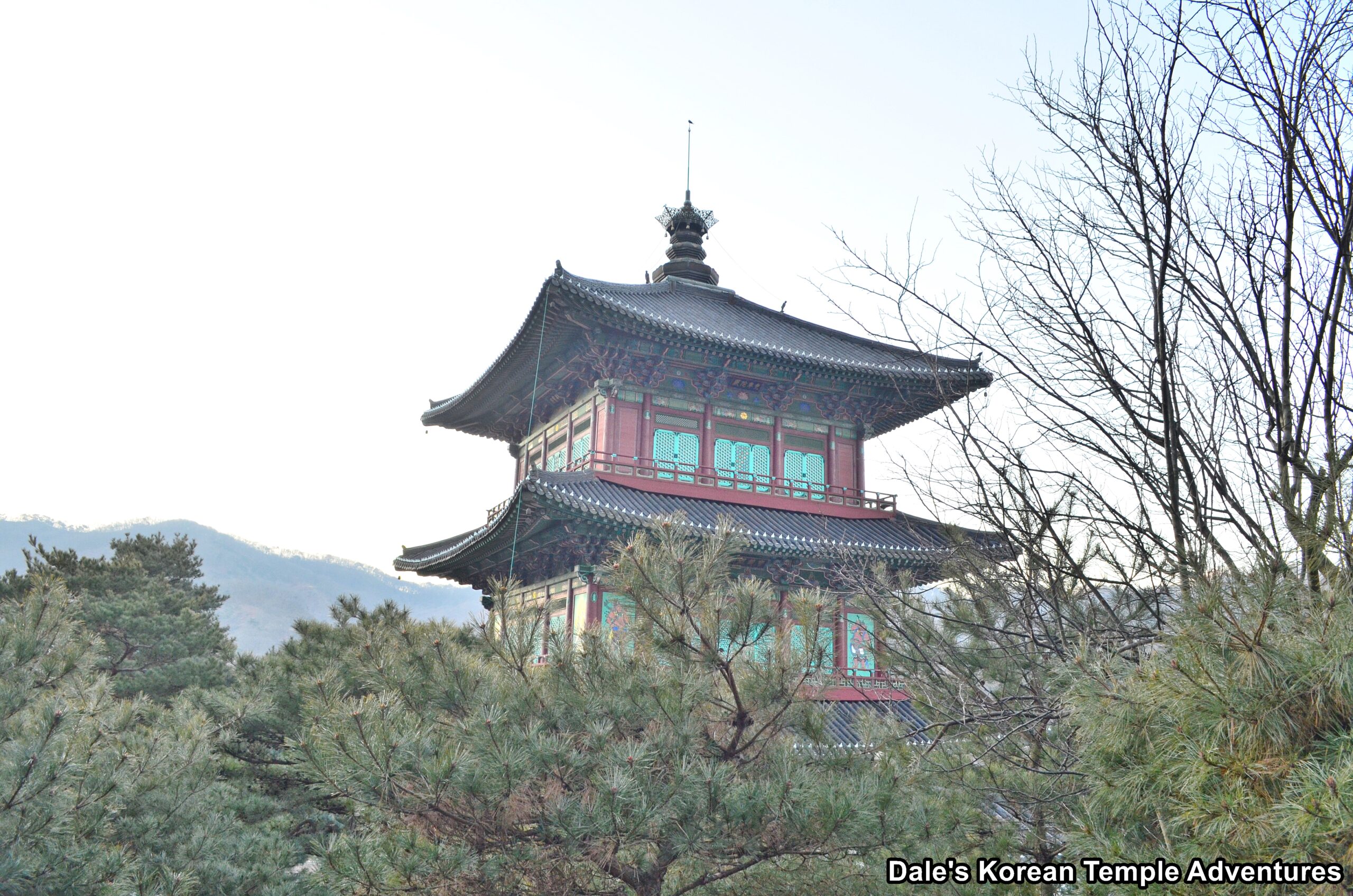
Temple History
Botapsa Temple is located in Yeongok-ri in Jincheon, Chungcheongbuk-do. The name Yeongok means “lotus flower” in Korean. And the reason that the area is called this is because of the nine peaks surrounding the area, which resembles a lotus flower. As for the temple name, it means “Jewel Pagoda Temple” in English.
The present temple is located on a former temple site that was long thought to have been one of the largest temples built during the Three Kingdoms of Korea (18 B.C – 660 A.D.) and through to the Goryeo Dynasty (918-1392). More recently, and in 1988, a three-story wooden pagoda was built on the temple grounds. This large Dharma Hall was built in the tradition of the Three Kingdoms of Korea, and it was modeled after the nine-story wooden pagoda of the historic Hwangnyongsa Temple in Gyeongju. The three-story wooden pagoda now housed at the modern Botapsa Temple stands 42.73 metres in height, and the wooden pagoda is meant to symbolize a lotus flower for the wishes of the reunification of the Korean peninsula.
Also of note, Botapsa Temple is located near the home where Gen. Kim Yusin (595-673 A.D.) was born. The temple is also home to Stele of Yeongok-ri, which is Korean Treasure #404.
Temple Layout
When you first approach the temple grounds from the temple parking lot, you’ll first encounter the Cheonwangmun Gate. The exterior walls to this entry gate are adorned with beautiful pine tree and lotus flower murals. Housed inside the Cheonwangmun Gate are the Four Heavenly Kings. All four of these statues are newly designed. Continuing to climb the stone stairs, you’ll pass by a pair of pavilions on your way towards the main temple courtyard at Botapsa Temple. The pavilion to the left is known as the Beomjong-gak Pavilion. Housed inside this pavilion is a beautiful Brahma Bell. And the pavilion to the right is known as the Beomgo-gak Pavilion. Housed inside this pavilion are the Dharma Drum, the Wooden Fish Drum, and the Cloud Plate Drum. All three Buddhist percussion instruments are beautiful in design.
Having passed by these two pavilions, and climbed the last few stairs, you’ll now be standing squarely in the main temple courtyard. And the most obvious of shrine halls is the three-story Dharma Hall. The exterior walls are painted with traditional dancheong colours with Narayeon Geumgang and Miljeok Geumgang (Heng and Ha) murals painted around the second story of the structure. Stepping inside the wooden pagoda, you’ll find a four-sided main altar. And the four sided main altar are occupied by four different triads. The triad to the east is occupied by Yaksayeorae-bul (The Medicine Buddha, and the Buddha of the Eastern Paradise). This central image is joined on either side by Ilgwang-bosal (The Sun Bodhisattva) and Wolgwang-bosal (The Moon Bodhisattva). The triad on the main altar to the west is centred by Amita-bul (The Buddha of the Western Paradise). This central image is joined by two standing images of Daesaeji-bosal (The Bodhisattva of Wisdom and Power for Amita-bul) and Gwanseeum-bosal (The Bodhisattva of Compassion). On the north side of the main altar, you’ll find Birojana-bul (The Buddha of Cosmic Energy), who is joined by Bohyeon-bosal (The Bodhisattva of Power) and Munsu-bosal (The Bodhisattva of Wisdom). And on the south side of the main altar, you’ll find a triad centred by Seokgamoni-bul (The Historical Buddha). This four-sided main altar surrounds a large centre column in which the partial cremated remains of the Buddha, Seokgamoni-bul, are enshrined.
The second story of the three-story wooden pagoda is known as the Beopbo-jeon Hall. On this second story, you’ll find a handful of highly intricate Yunjangdae (Revolving Scriptures Library Pillar). Housed inside the Yungjangdae are the Lotus Sutra. And the third story of the structure is the Mireuk-jeon Hall. Housed on this floor is a standing Mireuk-bul (Future Buddha) triad.
To the left of the three-story Dharma Hall is the hexagonal Yeongsan-jeon Hall. This plainly painted exterior houses a six-sided interior that houses the five hundred Nahan (The Historical Disciples of the Buddha) on artificial mountainous altars. And in the centre of these artificial outcropping is the central main altar that houses a solitary image of Seokgamoni-bul (The Historical Buddha).
To the left of the Yeongsan-jeon Hall, and through a forested pathway, you’ll exit on the other side of a clearing. In the forested area, you’ll find a modern three-story black brick pagoda with a golden finial atop it. And in the clearing, you’ll find the Stele of Yeongok-ri. The stele rests under a protective wooden pavilion. The purpose of this stele, unfortunately, is unknown as there is no inscription on it. Additionally, it’s never been proven that there ever was an inscription on this stele. The base of a traditional stele is typically a tortoise; however, the face to the base of this stele looks more like a horse. As for the capstone of the stele, there are nine dragons engraved realistically with masterful masonry skills. It’s believed that the Stele of Yeongok-ri dates back to the early Goryeo Dynasty.
Back at the Dharma Hall, and behind the three-story wooden pagoda, you’ll find the temple’s Jijang-jeon Hall. Above the three entry doors to this temple shrine hall, you’ll find three beautiful murals. One is dedicated to the Banya Yongseon-do (Dragon Ship of Wisdom), the other to the redemptive Amita-bul (The Buddha of the Western Paradise), and the final to Jijang-bosal (The Bodhisattva of the Afterlife). Stepping inside the cavernous Jijang-jeon Hall, you’ll find the long main altar occupied by a golden-capped Jijang-bosal.
And to the right rear of the Jijang-jeon Hall, you’ll find the Sanshin-gak Hall, which looks like a log cabin. Unfortunately, this shaman shrine hall was locked when I visited. Not sure why. But housed inside the Sanshin-gak Hall is a solitary painting dedicated to Sanshin (The Mountain Spirit).
The final temple shrine hall that visitors can explore at Botapsa Temple is the Jeokjo-jeon Hall to the right of the three-story main hall. The exterior walls to this shrine hall are adorned with the Palsang-do (The Eight Scenes from the Buddha’s Life). And the front doors are adorned with a colour collection of doors with Ggotsalmun (Flower Latticework Doors).
How To Get There
From the Jincheon Bus Terminal, you can take one of two buses. You can take either Bus #196 or Bus #231. If you take Bus #196, it’ll take you 35 minutes, or 20 stops. The bus will let you off at the “Botapsa – 보탑사” bus stop. From where it lets you off, you’ll need to walk about 5 minutes, or 300 metres, to get to Botapsa Temple.
And if you decide to take Bus #231, it’ll take 50 minutes, or 25 stops. It’ll let you off at the “Botapsa – 보탑사” bus stop, as well. And again, you’ll need to walk about 5 minutes, or 300 metres, to get to Botapsa Temple. It should be noted that neither of these buses comes all that often.
And if public transportation isn’t your thing, you can simply take a taxi from the Jincheon Bus Terminal. The taxi ride will take about 20 minutes, and it’ll cost you 17,500 won (one way).
Overall Rating: 8/10
It’s not hard to figure out that the main attraction at Botapsa Temple is the three-story Dharma Hall. And rather amazingly, you can visit all three floors. The first floor is the most beautiful with the four-sided main altar. But all three floors are beautiful. But outside the main attraction, there is plenty of other things to enjoy at Botapsa Temple like the historic Stele of Yeongok-ri, the log cabin-like Sanshin-gak Hall, and the hexagonal Yeongsan-jeon Hall. While rather remote, Botapsa Temple is definitely worth a visit.
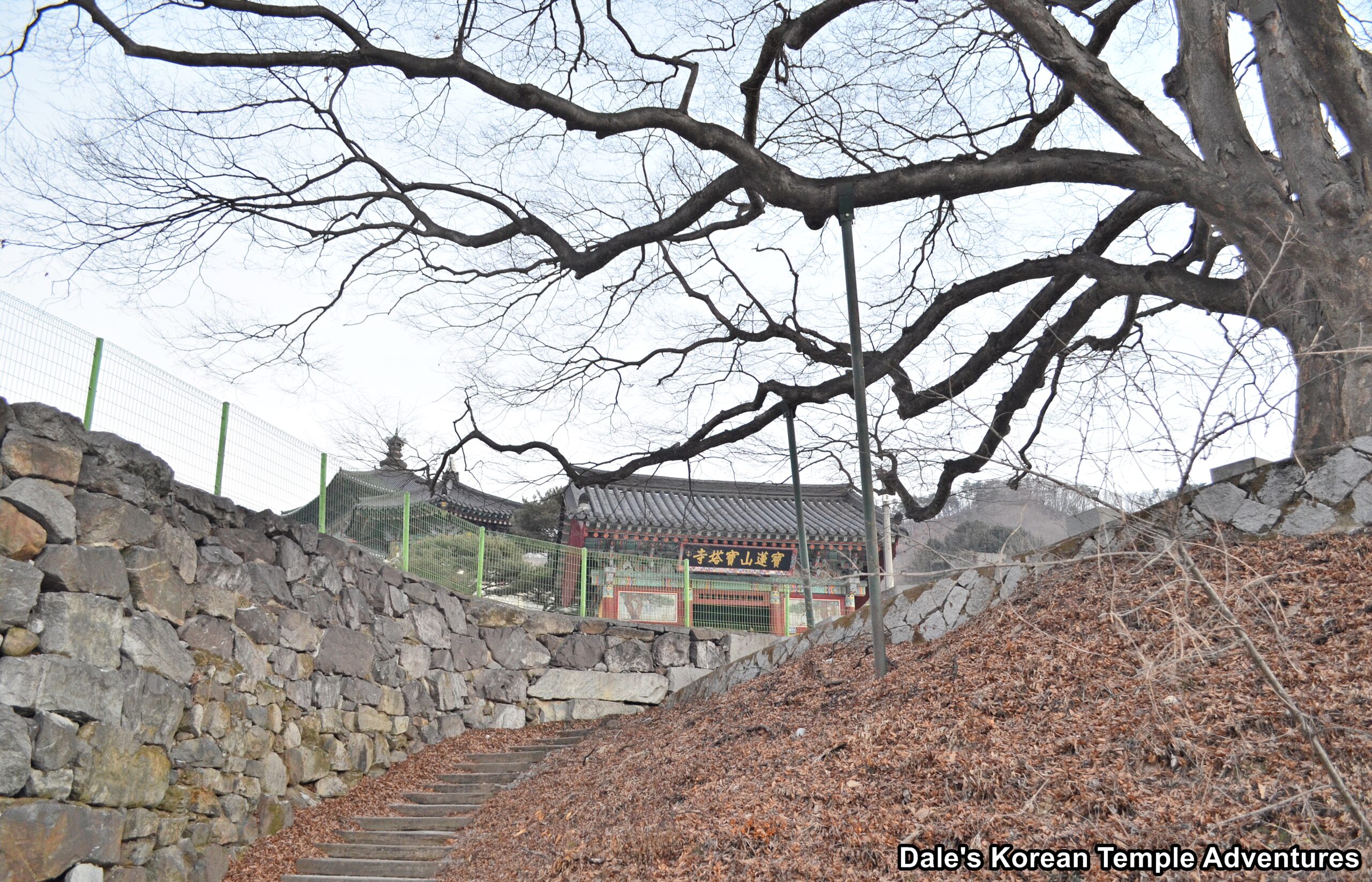
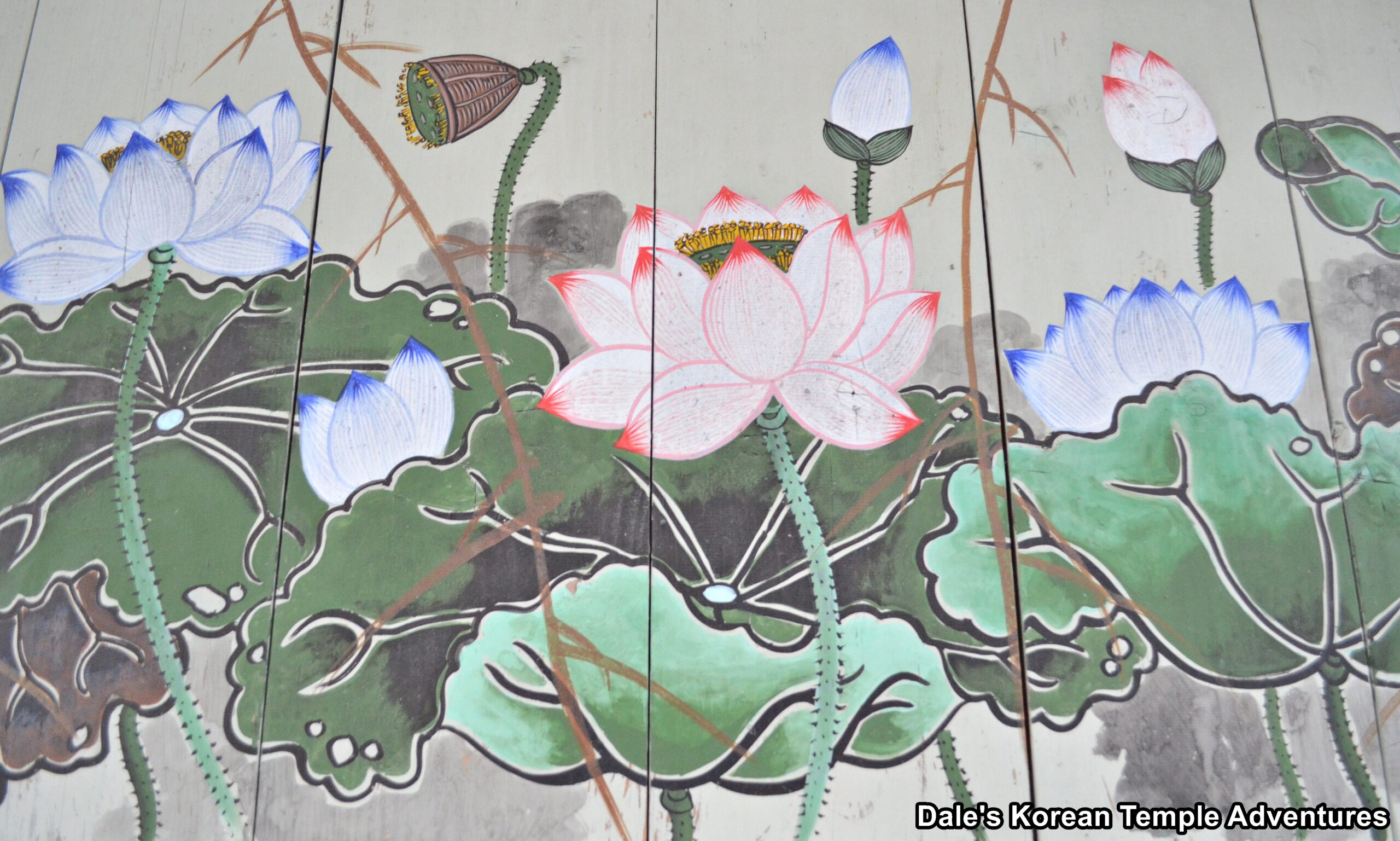
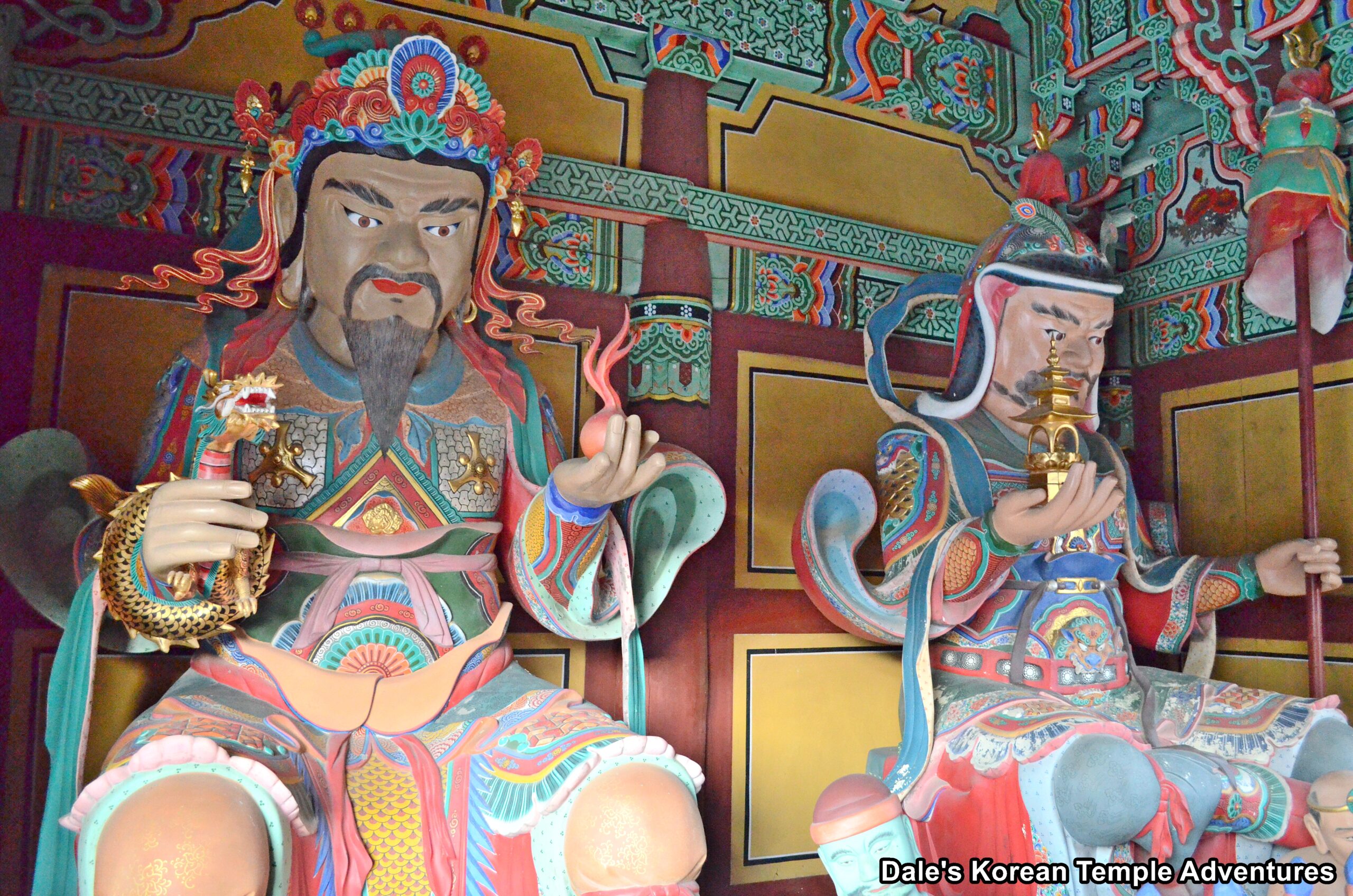
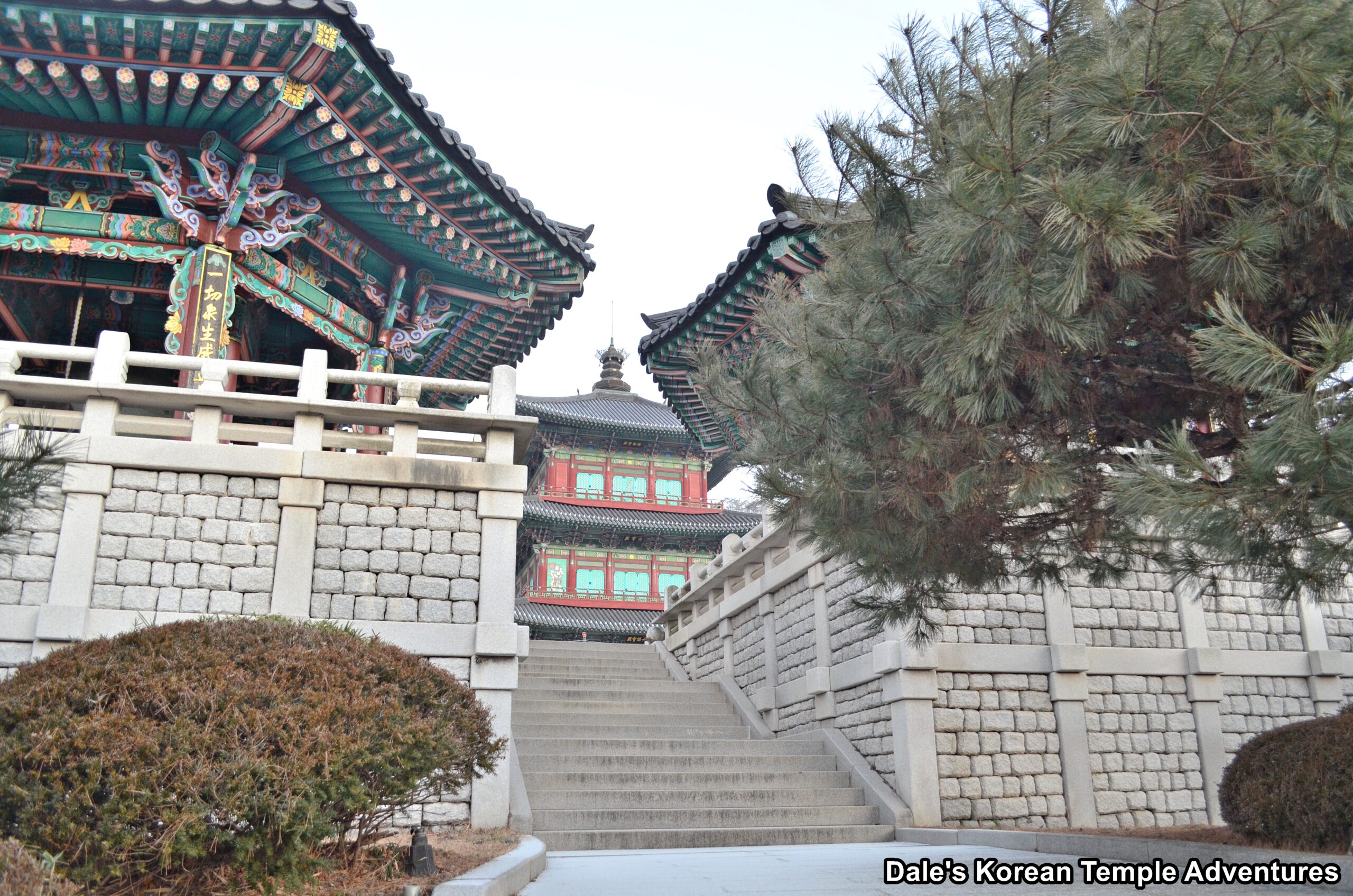

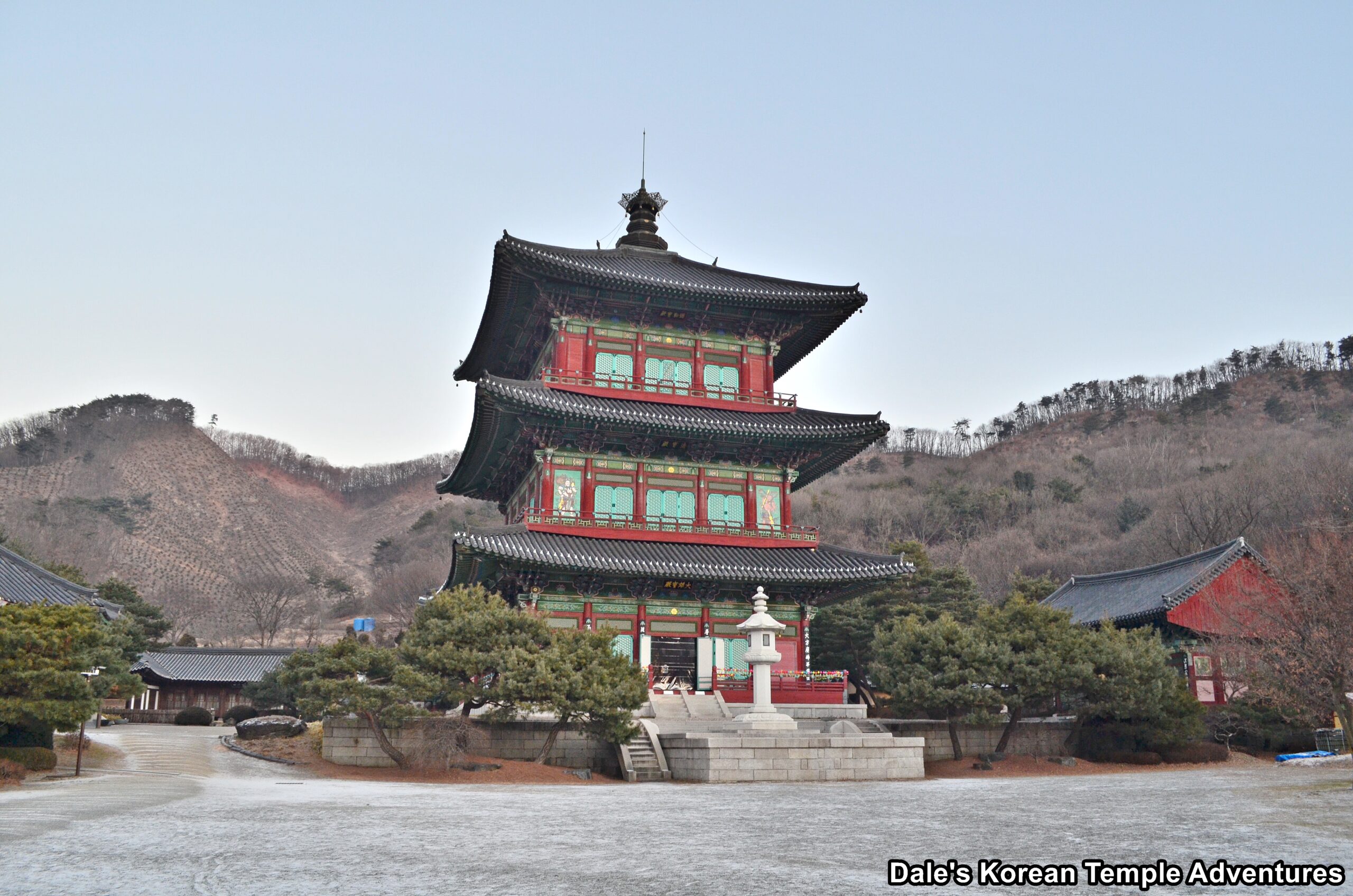
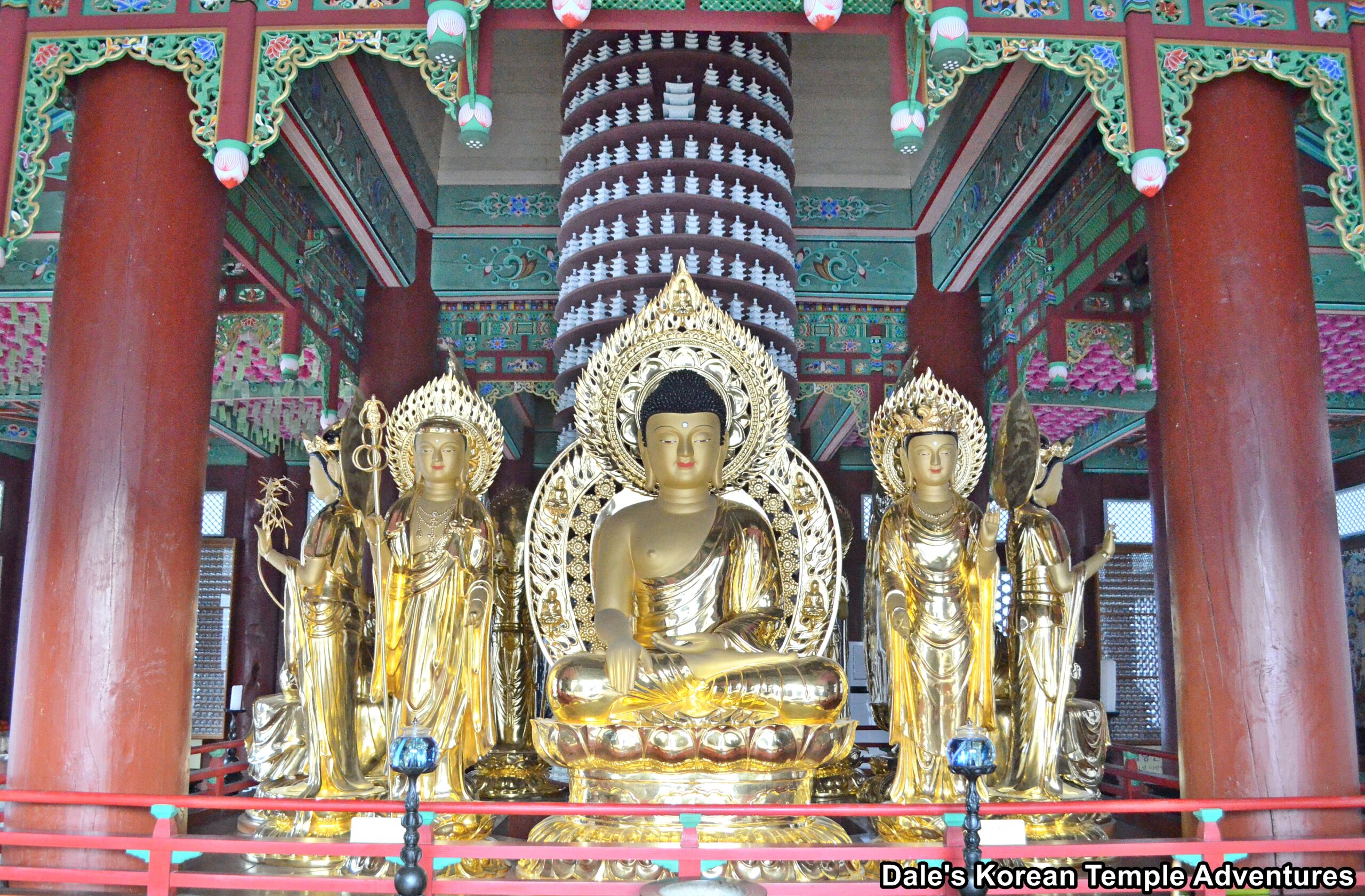
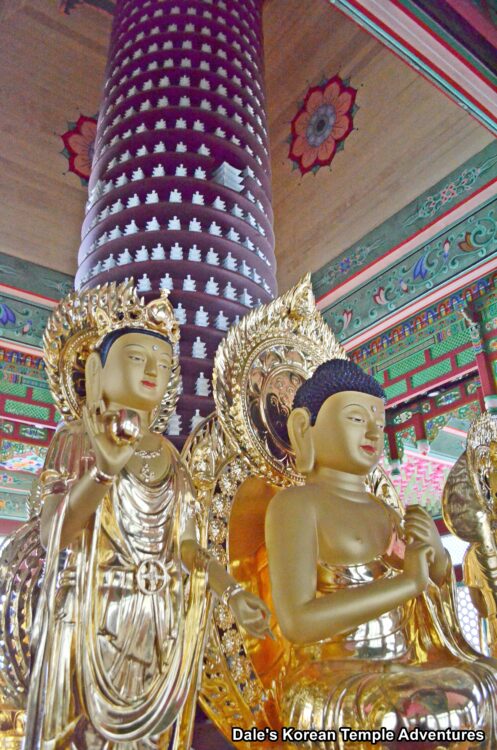
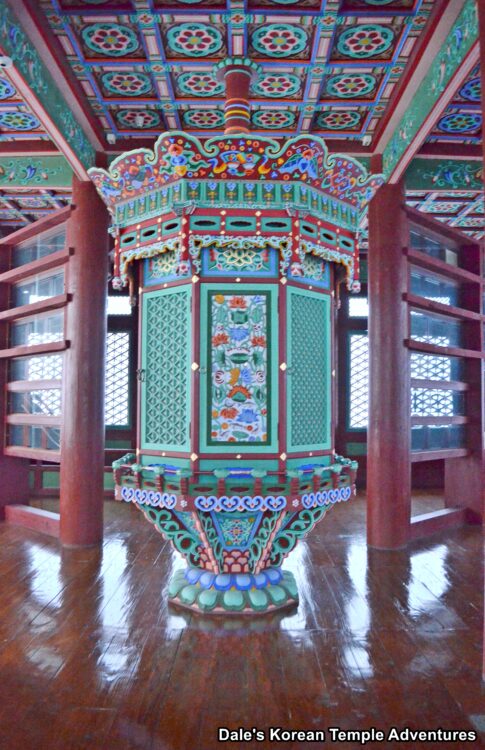
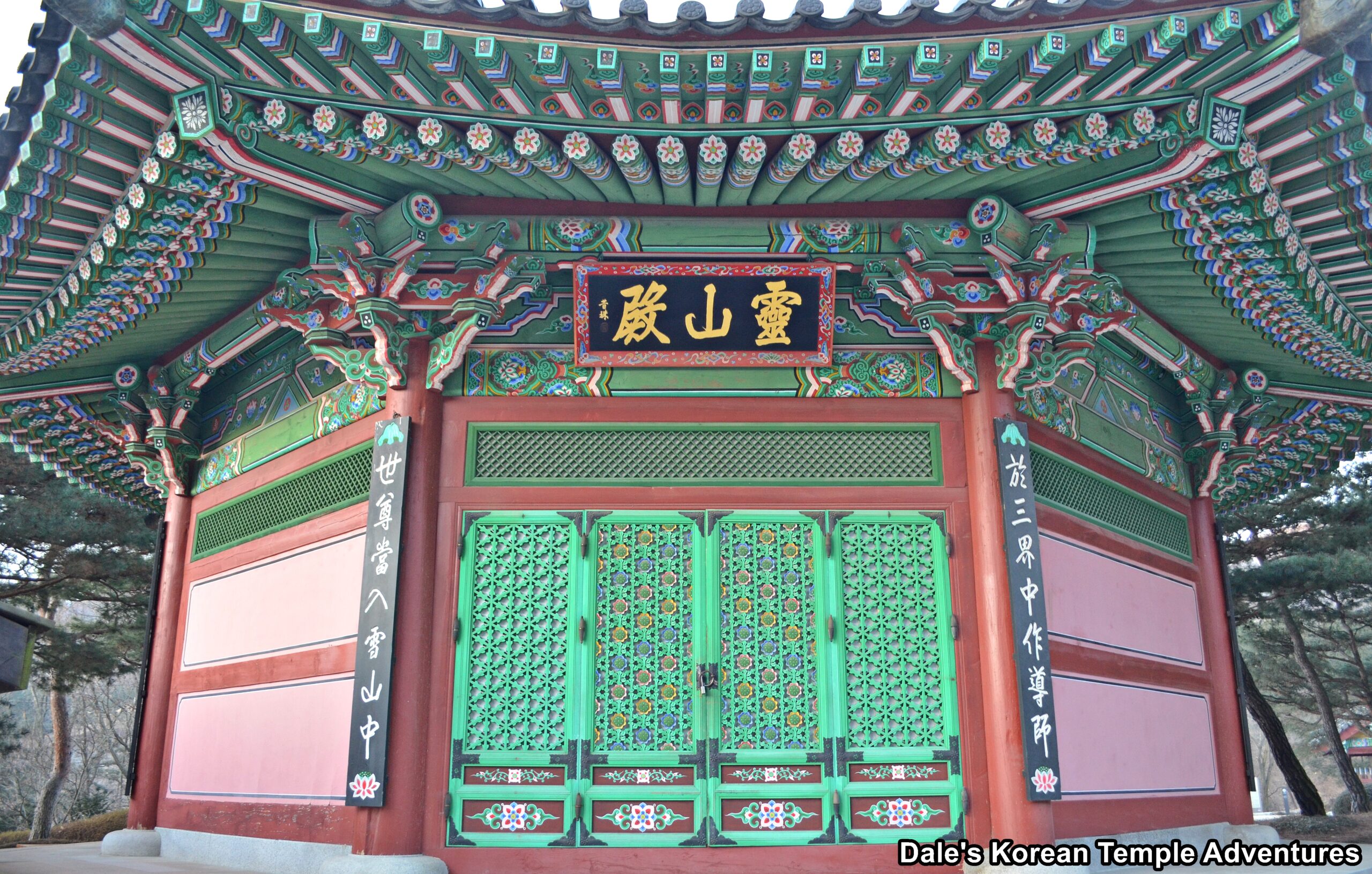
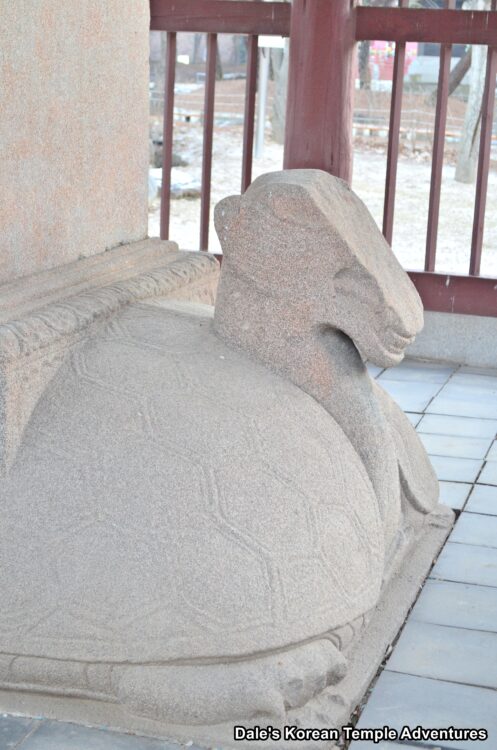
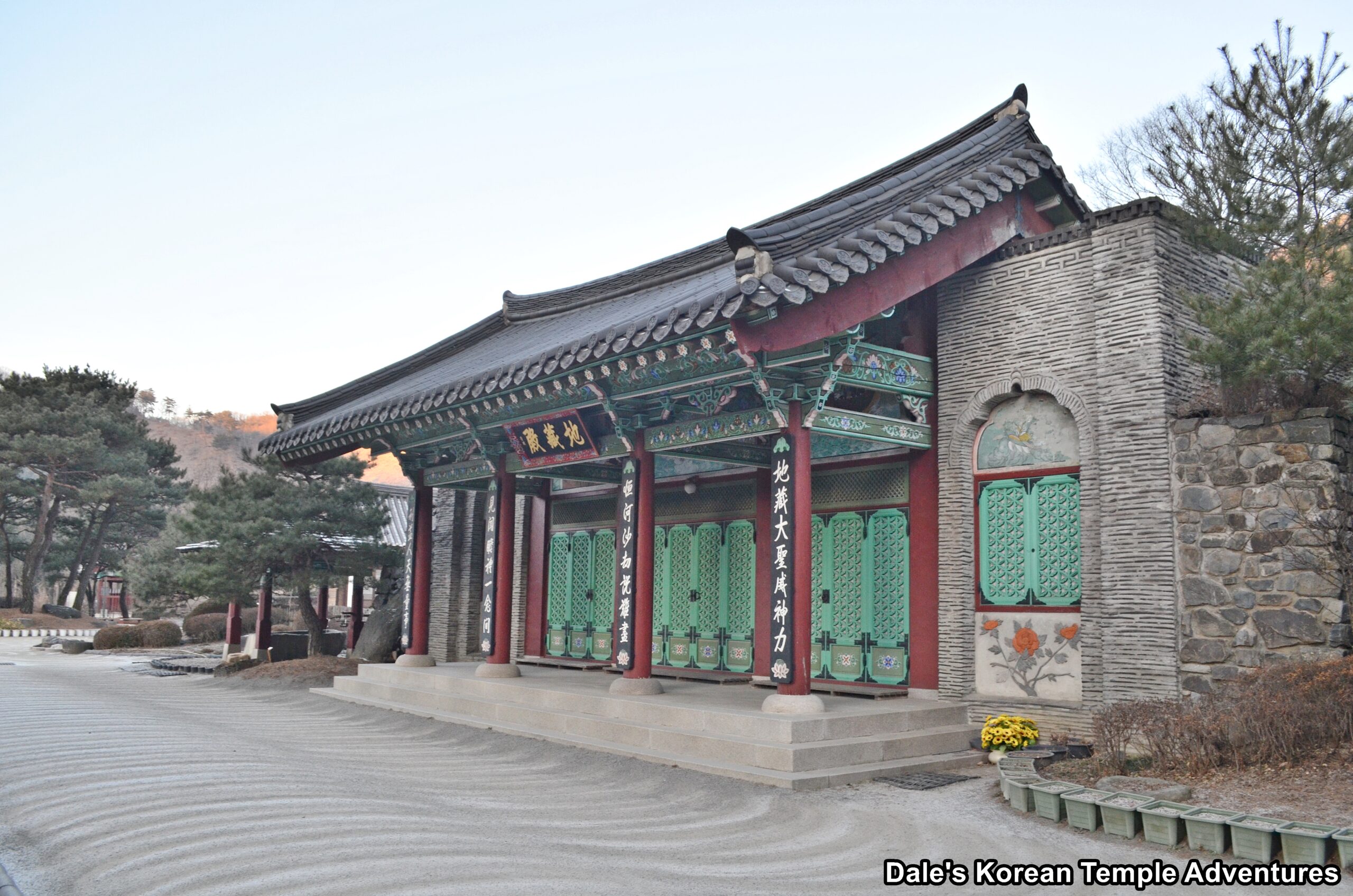
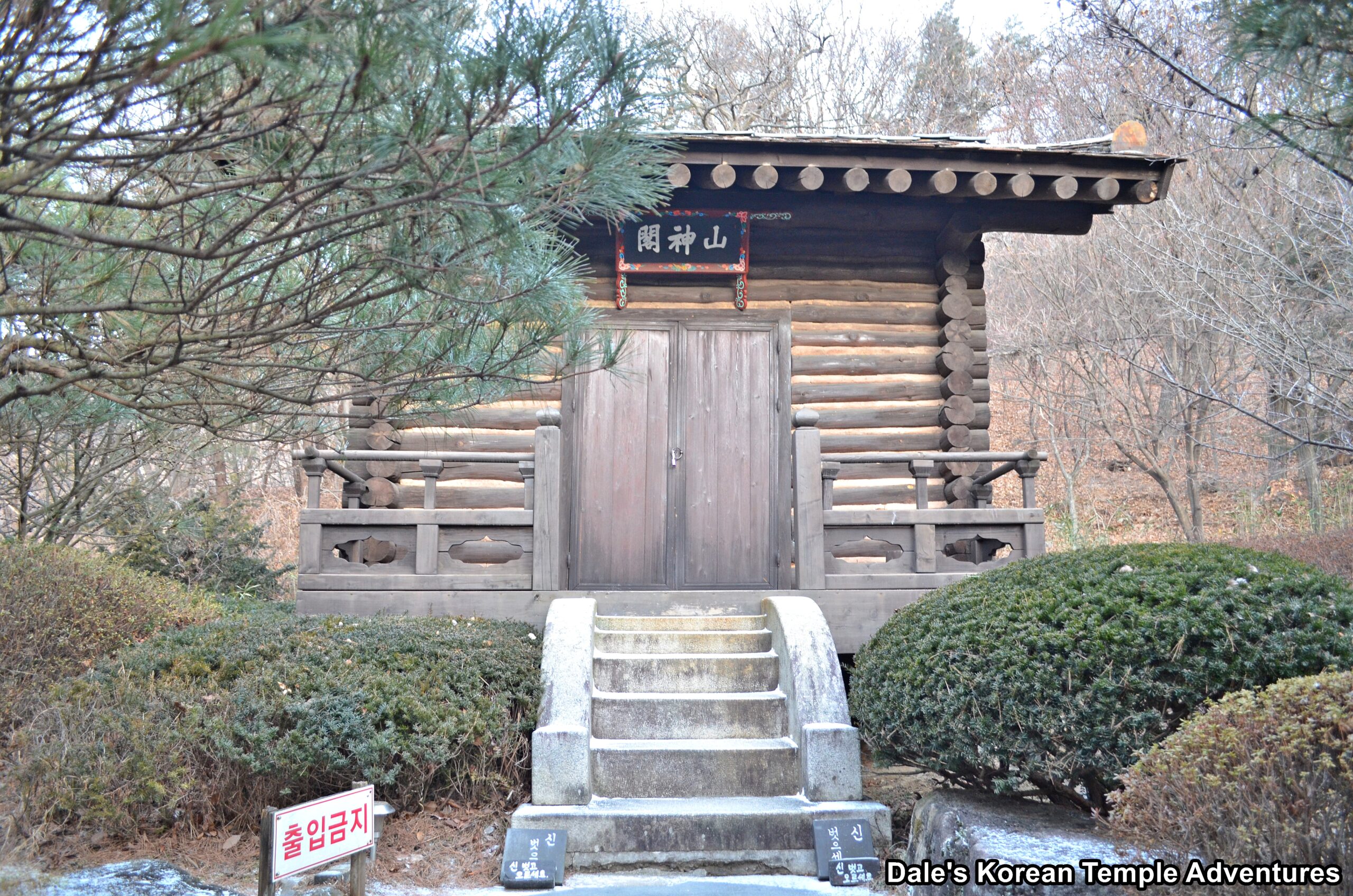
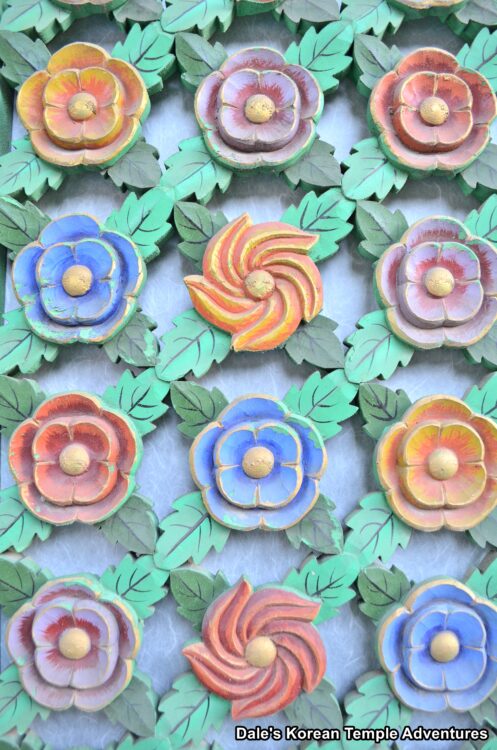
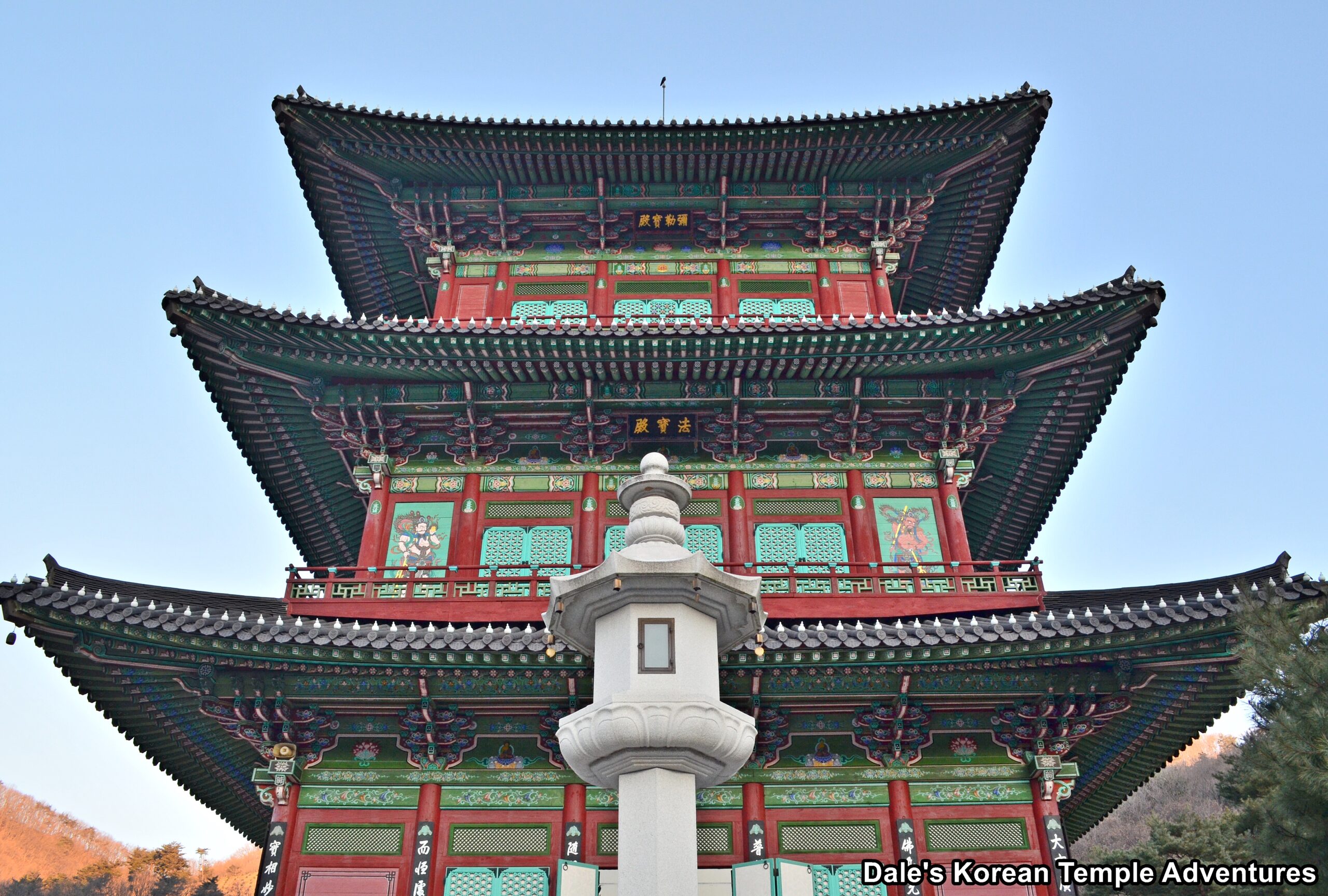


Recent comments